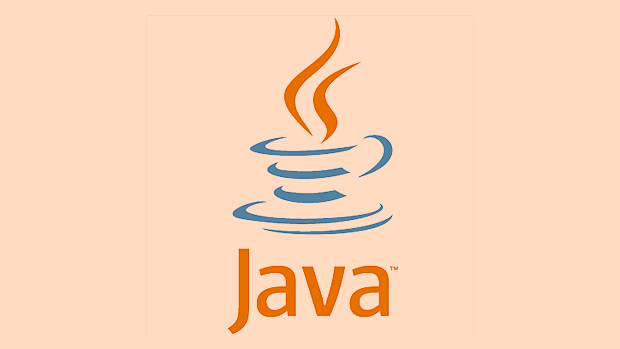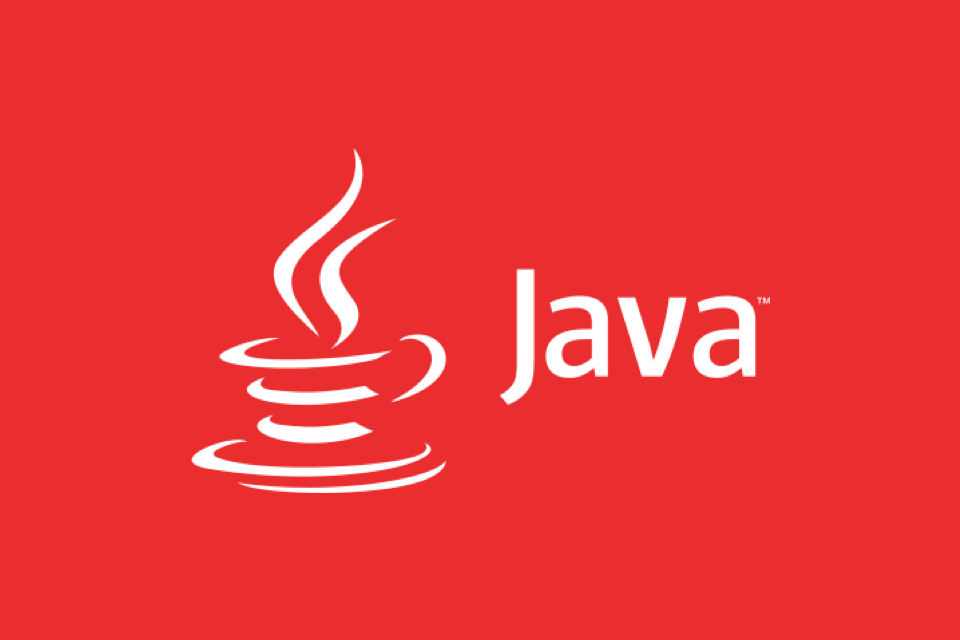High-frequency questions for Java interviews are mainly focused on basic syntax, object-oriented, multithreaded, JVM and collection frameworks. The most common questions include: 1. There are 8 basic Java data types, such as byte, short, int, long, float, double, char and boolean. It is necessary to note that String is not the basic data type; 2. Final is used to modify classes, methods or variables to represent immutable, and finally used to ensure code execution in exception processing. Finalize is an Object class method for cleaning before garbage collection; 3. Multi-thread synchronization can be implemented through synchronized keywords, ReentrantLock, volatile variables and concurrent tool classes; 4. The JVM memory model mainly includes heap, stack, method area and other areas. The garbage collection mechanism involves accessibility analysis, mark-cleaning algorithms, and collectors such as CMS and G1. Mastering the core principles and practical applications of these questions will help improve interview performance.

As a widely used programming language, Java is often highlighted during interviews. Many developers will encounter a common question when preparing for an interview: Which Java knowledge points are the easiest to be asked about? In fact, the real high frequency problems mainly focus on basic syntax, object-oriented, multi-threaded, JVM and collection frameworks. Let’s take a look at some of the most common Java interview questions and give some practical understanding and answer suggestions.

1. What are the basic data types in Java?
This is one of the most common entry-level questions in an interview. Although it seems simple, many people will answer incorrectly or miss details.
Java has 8 basic data types, namely:

-
byte(1 byte) -
short(2 bytes) -
int(4 bytes) -
long(8 bytes) -
float(4 bytes) -
double(8 bytes) -
char(2 bytes) -
boolean(generally considered 1 bit, but depends on the JVM implementation)
Note: Many people mistakenly think that
Stringis a basic data type, but in fact it is a reference type and belongs to a class.
Behind this question is actually to understand your basic understanding of the Java type system. If you can mention their size and default types (such as int and double ), that will add a lot of points.

2. What is the difference between final, finally and finalize?
This is a confusing but very typical Java basic problem.
-
final: used to modify classes, methods or variables, indicating that they are not inheritable, cannot be rewritable or cannot be modified. -
finally: Usually used withtry-catch, the code blocks in it will be executed regardless of whether an exception occurs (unless the JVM is forced to exit). -
finalize(): is a method ofObjectclass. The garbage collector will call it before recycling the object to free resources. However, relying on this mechanism is not recommended because behavior is uncertain.
Tip: You can give examples of
finally's role in resource closure, such as closing file flow or database connection.
This question not only tests memory, but may also extend deeper content such as exception handling mechanisms and resource management.
3. How to implement thread synchronization in multithreading?
Concurrent programming in Java is the highlight of the interview, and thread synchronization is the core knowledge point.
Common implementation methods include:
- Use
synchronizedkeyword: it can modify methods or code blocks to ensure that only one thread executes at the same time. - Use
ReentrantLock: More flexible thansynchronized, supports advanced features such as trying locks and timeouts. - Use
volatile: suitable for scenarios where variable state changes need to be immediately visible, but cannot replace locks. - Use concurrent tool classes: such as
CountDownLatch,CyclicBarrier,Semaphore, etc.
In actual development, it is recommended to use the tool classes under
java.util.concurrentpackage instead of manually implementing complex synchronization logic by yourself.
This problem may extend to deadlocks, thread pools, CAS, AQS, etc. It is recommended to prepare these relevant knowledge points in advance.
4. JVM memory model and garbage collection mechanism
JVM-related knowledge is almost a must-ask for mid-to-high-level Java development positions.
The main memory areas of the JVM include:
- Method area (metaspace)
- heap
- Stack
- Local method stack
- Program Counter
About Garbage Collect (GC):
- Garbage collection is mainly for heap memory.
- The main algorithms for determining whether the object is garbage include citation counting and accessibility analysis.
- Common garbage collection algorithms: mark-clear, copy, mark-organize.
- Different generations (Queen generation, old generation) use different GC algorithms and collectors (such as Serial, Parallel, CMS, G1).
If you can tell the situation and investigation ideas about the OOM or frequent Full GCs you have encountered based on actual projects, it will impress the interviewer even more.
Basically that's it. These questions seem common, but the knowledge points involved are very profound. When preparing, you must not only remember the answers, but also understand the principles and practical application scenarios behind them. Master these and be able to handle most Java interviews with ease.
The above is the detailed content of Top Java interview questions. For more information, please follow other related articles on the PHP Chinese website!

Hot AI Tools

Undress AI Tool
Undress images for free

Undresser.AI Undress
AI-powered app for creating realistic nude photos

AI Clothes Remover
Online AI tool for removing clothes from photos.

Clothoff.io
AI clothes remover

Video Face Swap
Swap faces in any video effortlessly with our completely free AI face swap tool!

Hot Article

Hot Tools

Notepad++7.3.1
Easy-to-use and free code editor

SublimeText3 Chinese version
Chinese version, very easy to use

Zend Studio 13.0.1
Powerful PHP integrated development environment

Dreamweaver CS6
Visual web development tools

SublimeText3 Mac version
God-level code editing software (SublimeText3)

Hot Topics
 css dark mode toggle example
Jul 30, 2025 am 05:28 AM
css dark mode toggle example
Jul 30, 2025 am 05:28 AM
First, use JavaScript to obtain the user system preferences and locally stored theme settings, and initialize the page theme; 1. The HTML structure contains a button to trigger topic switching; 2. CSS uses: root to define bright theme variables, .dark-mode class defines dark theme variables, and applies these variables through var(); 3. JavaScript detects prefers-color-scheme and reads localStorage to determine the initial theme; 4. Switch the dark-mode class on the html element when clicking the button, and saves the current state to localStorage; 5. All color changes are accompanied by 0.3 seconds transition animation to enhance the user
 python parse date string example
Jul 30, 2025 am 03:32 AM
python parse date string example
Jul 30, 2025 am 03:32 AM
Use datetime.strptime() to convert date strings into datetime object. 1. Basic usage: parse "2023-10-05" as datetime object through "%Y-%m-%d"; 2. Supports multiple formats such as "%m/%d/%Y" to parse American dates, "%d/%m/%Y" to parse British dates, "%b%d,%Y%I:%M%p" to parse time with AM/PM; 3. Use dateutil.parser.parse() to automatically infer unknown formats; 4. Use .d
 css dropdown menu example
Jul 30, 2025 am 05:36 AM
css dropdown menu example
Jul 30, 2025 am 05:36 AM
Yes, a common CSS drop-down menu can be implemented through pure HTML and CSS without JavaScript. 1. Use nested ul and li to build a menu structure; 2. Use the:hover pseudo-class to control the display and hiding of pull-down content; 3. Set position:relative for parent li, and the submenu is positioned using position:absolute; 4. The submenu defaults to display:none, which becomes display:block when hovered; 5. Multi-level pull-down can be achieved through nesting, combined with transition, and add fade-in animations, and adapted to mobile terminals with media queries. The entire solution is simple and does not require JavaScript support, which is suitable for large
 VSCode settings.json location
Aug 01, 2025 am 06:12 AM
VSCode settings.json location
Aug 01, 2025 am 06:12 AM
The settings.json file is located in the user-level or workspace-level path and is used to customize VSCode settings. 1. User-level path: Windows is C:\Users\\AppData\Roaming\Code\User\settings.json, macOS is /Users//Library/ApplicationSupport/Code/User/settings.json, Linux is /home//.config/Code/User/settings.json; 2. Workspace-level path: .vscode/settings in the project root directory
 css full page layout example
Jul 30, 2025 am 05:39 AM
css full page layout example
Jul 30, 2025 am 05:39 AM
Full screen layout can be achieved using Flexbox or Grid. The core is to make the minimum height of the page the viewport height (min-height:100vh); 2. Use flex:1 or grid-template-rows:auto1frauto to make the content area occupy the remaining space; 3. Set box-sizing:border-box to ensure that the margin does not exceed the container; 4. Optimize the mobile experience with responsive media query; this solution is compatible with good structure and is suitable for login pages, dashboards and other scenarios, and finally realizes a full screen page layout with vertical centering and full viewport.
 Full-Stack Web Development with Java, Spring Boot, and React
Jul 31, 2025 am 03:33 AM
Full-Stack Web Development with Java, Spring Boot, and React
Jul 31, 2025 am 03:33 AM
Selecting the Java SpringBoot React technology stack can build stable and efficient full-stack web applications, suitable for small and medium-sized to large enterprise-level systems. 2. The backend uses SpringBoot to quickly build RESTfulAPI. The core components include SpringWeb, SpringDataJPA, SpringSecurity, Lombok and Swagger. The front-end separation is achieved through @RestController returning JSON data. 3. The front-end uses React (in conjunction with Vite or CreateReactApp) to develop a responsive interface, uses Axios to call the back-end API, and ReactRouter
 How to handle transactions in Java with JDBC?
Aug 02, 2025 pm 12:29 PM
How to handle transactions in Java with JDBC?
Aug 02, 2025 pm 12:29 PM
To correctly handle JDBC transactions, you must first turn off the automatic commit mode, then perform multiple operations, and finally commit or rollback according to the results; 1. Call conn.setAutoCommit(false) to start the transaction; 2. Execute multiple SQL operations, such as INSERT and UPDATE; 3. Call conn.commit() if all operations are successful, and call conn.rollback() if an exception occurs to ensure data consistency; at the same time, try-with-resources should be used to manage resources, properly handle exceptions and close connections to avoid connection leakage; in addition, it is recommended to use connection pools and set save points to achieve partial rollback, and keep transactions as short as possible to improve performance.
 Java Performance Optimization and Profiling Techniques
Jul 31, 2025 am 03:58 AM
Java Performance Optimization and Profiling Techniques
Jul 31, 2025 am 03:58 AM
Use performance analysis tools to locate bottlenecks, use VisualVM or JProfiler in the development and testing stage, and give priority to Async-Profiler in the production environment; 2. Reduce object creation, reuse objects, use StringBuilder to replace string splicing, and select appropriate GC strategies; 3. Optimize collection usage, select and preset initial capacity according to the scene; 4. Optimize concurrency, use concurrent collections, reduce lock granularity, and set thread pool reasonably; 5. Tune JVM parameters, set reasonable heap size and low-latency garbage collector and enable GC logs; 6. Avoid reflection at the code level, replace wrapper classes with basic types, delay initialization, and use final and static; 7. Continuous performance testing and monitoring, combined with JMH






